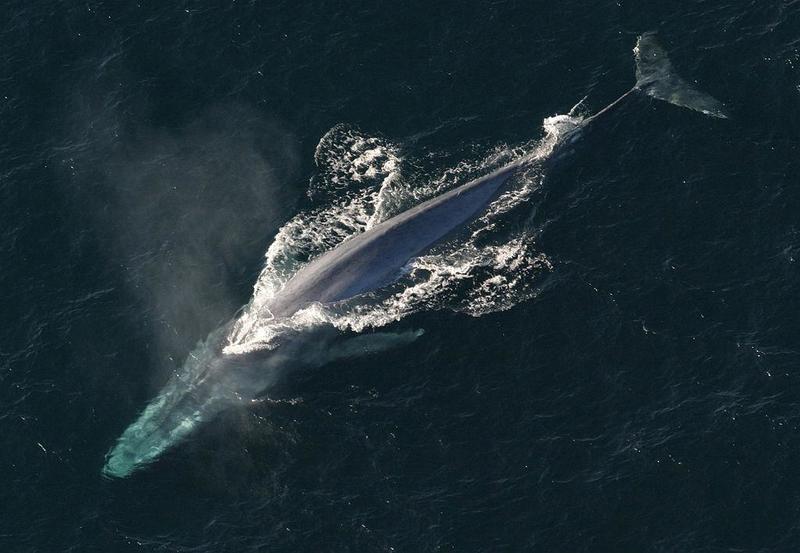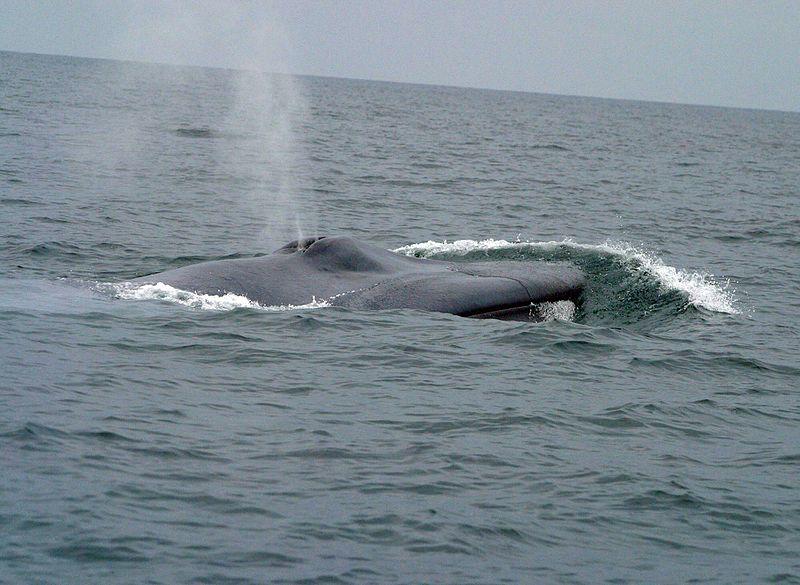Blue whale
Episode #6 of the course “The Most Endangered Species in the World”
The largest animal ever known to have lived, blue whales have been recorded at over 100 feet long. Although an estimated 10,000 remain, these giants are considered endangered because of their extensive history with poaching. In the late 19th century with the invention of the harpoon cannon, blue whales became highly sought-after for their blubber and were hunted extensively until the 1960s. Their population numbers were likely reduced by as much as 60%. Since conservation efforts began and the animals became protected, their population has contended with new threats to their ecosystems and food sources.

While they appear a true blue under water, the blue whale’s skin has a heavy grey undertone. Microorganisms live on their skin, causing their stomachs to take on a yellow tone. Inhabiting every ocean in the world, blue whales often migrate with the seasons to remain in warmer climates. These creatures live as long as a century, which is measured by counting the layers of build-up in their ear canals, like counting the rings on a tree. They live on krill, a tiny shrimp-like organism. By sucking water into their mouths and then pushing it out again through pleated structures called baleen, blue whales filter the organisms out of the water. An adult blue whale can eat as much as 4 tons of krill every day.

Blue whales are born large—up to 25 feet and 3 tons—and grow quickly. A mother whale produces 50 gallons of milk every day that is as much as 50% milk fat, allowing their babies to gain about 200 pounds per day for their first year of life. Blue whales are known to live in family units for the first year and then often pair off or live in small groups, cruising the oceans at an average of 5 miles per hour (but as fast as 20 miles per hour). With an extensive series of calls, whistles, and moans, some scientists believe that blue whales can hear one another’s signals nearly 1,000 miles away
Share with friends

